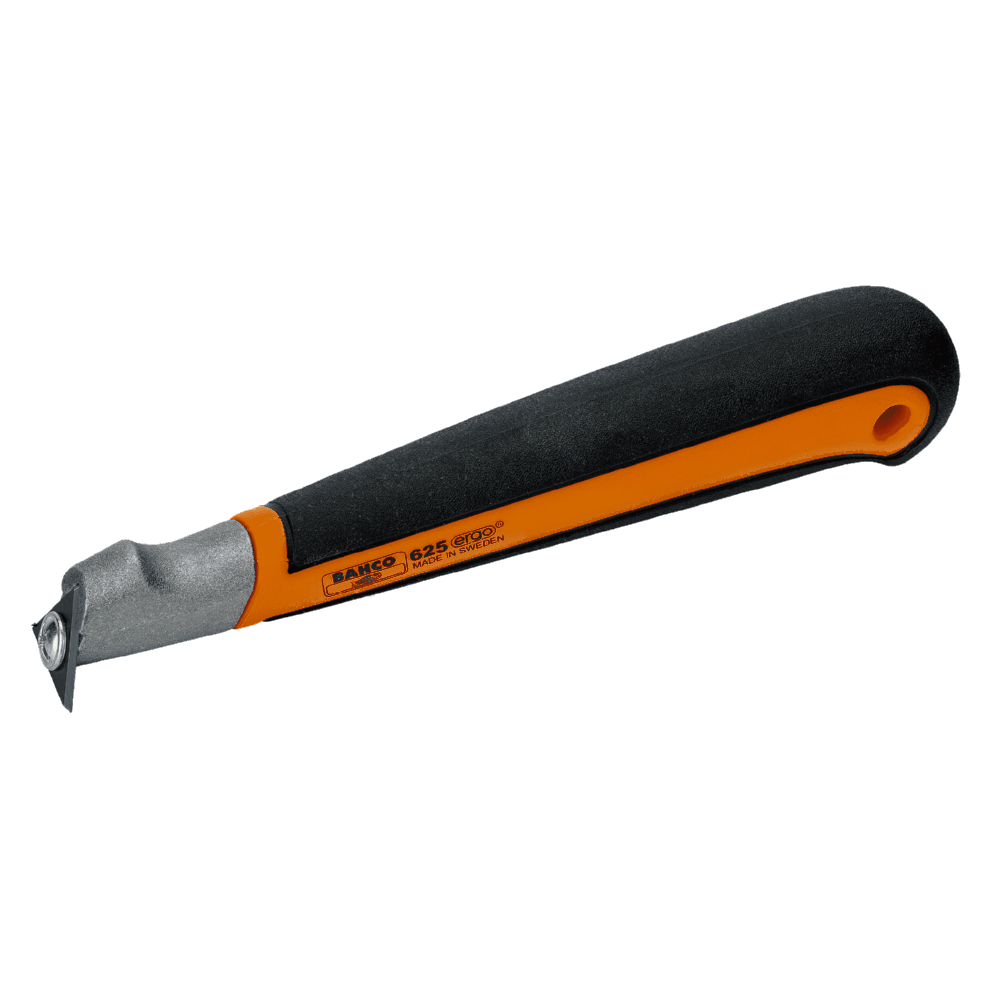Hand Tools

Unlock Efficiency and Precision with the Perfect Scraper: Your Comprehensive Guide
Are you tired of struggling with the wrong scraper for your project, wasting time and effort on ineffective tools? It’s time to elevate your scraping game with our comprehensive guide on “How to Choose the Right Scraper for Your Project.” Say goodbye to frustration and hello to efficiency and precision!
A scraper is an invaluable tool when removing paint, adhesive residues, rust, or any unwanted material from surfaces. However, not all scrapers are created equal, and choosing the right one for your project can significantly affect efficiency and effectiveness. This comprehensive guide will explore the various types of scrapers and provide tips on selecting the perfect one for your task.
Understanding the Types of Scrapers
Before diving into the selection process, it’s essential to familiarize yourself with the different types of scrapers available:
- Paint Scraper: As the name suggests, paint scrapers are designed for removing paint from various surfaces. They typically feature a flat blade with a sharp edge.
- Putty Knife: Putty knives are versatile scrapers for applying and removing putty, caulk, and other compounds. They have a flat blade with a tapered edge.
- Floor Scraper: Floor scrapers are heavy-duty tools that remove flooring materials such as tiles, linoleum, or adhesive residues. They often have a long handle for better leverage.
- Razor Blade Scraper: These small, handheld scrapers are perfect for precision work. They use replaceable razor blades for scraping off stickers, labels, or paint in tight spaces.
- Scraper Sets: Some projects may require multiple types of scrapers, making scraper sets convenient. These sets often include a variety of blades and handle types for different tasks.
Factors to Consider When Choosing a Scraper
Now that you’re familiar with the types of scrapers, let’s delve into the factors you should consider when selecting the right one:
- Material: Consider the material of the surface you’ll be working on. For delicate surfaces like wood or soft metals, a putty knife or razor blade scraper with a plastic blade may be suitable. A heavy-duty scraper or floor scraper is ideal for tougher surfaces like concrete or metal.
- Blade Shape: The shape of the blade matters. A flat, straight-edged blade is excellent for flat surfaces, while a curved or rounded blade may be necessary for contoured surfaces.
- Handle: Think about the handle type and length. A comfortable, ergonomic handle can make a big difference, especially for extended use. Some scrapers have interchangeable handles for added flexibility.
- Blade Replacement: For projects that involve a lot of scraping, consider scrapers with replaceable blades. This ensures you can maintain a sharp edge throughout your task.
- Safety: Always prioritize safety. Look for scrapers with features like blade guards or locking mechanisms to prevent accidental injuries.
- Project Size: The size and scope of your project will influence your scraper choice. For small, intricate tasks, a handheld scraper may suffice. For larger projects, a longer-handled scraper provides better leverage and efficiency.
- Budget: Like any tool, scrapers come in various prices. While going for the cheapest option is tempting, investing in a quality scraper can save you time and frustration in the long run.
- Brand and Reviews: Consider reputable brands and read reviews from other users. They can provide insights into the scraper’s performance and durability.
Conclusion
Choosing the proper scraper for your project doesn’t have to be a daunting task. By understanding the different types of scrapers and considering factors like material, blade shape, handle, safety features, project size, and budget, you can confidently select the perfect tool for the job.
Whether you’re a DIY enthusiast or a professional tradesperson, having the proper scraper in your toolkit ensures that your projects are completed efficiently and effectively. So, the next time you’re faced with a scraping task, you’ll know exactly which scraper to reach for, making your project a breeze!